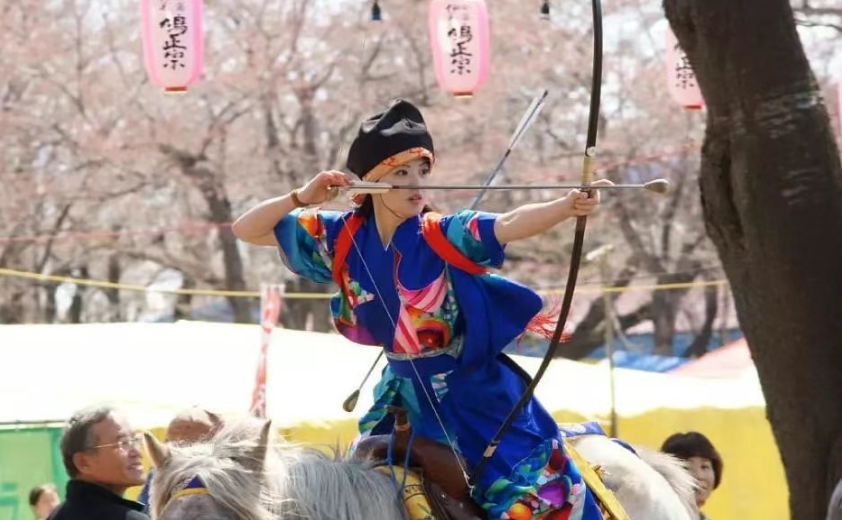Release time:2025-05-28 16:41:04Clicks:author:SPG ArcheryMain categories:Bows, Arrows, Archery Accessories

Laminated bow:
Multi-layer bow lamella glued, glass wood joint and glass carbon structure, features: reduce the weight of the bow arm, reduce vibration, improve the initial speed and accuracy of the arrow
Glass slide bow: The straight fiberglass sheet is pasted with the bow handle and the tip to make it recurved, low cost and easy to make
Fiberglass hot-pressed bow: It is formed by hot-pressing fiberglass, the main cost lies in the mold and die-casting technology, and can be mass-produced
Arrow speed
1. The arrow speed of a bow, that is, the efficiency of the bow, the same tension, the same bow length, the efficiency from high to low: laminated bow, fiberglass hot-pressed bow, glass slide bow
2. The above bows are easier to find their differences when they are used lightly. For example, with pure carbon, you can clearly see that they shoot the same arrow in a parabola. The smaller the parabola, the higher the arrow speed. The speed of the laminated bow is significantly higher than that of the one-piece bow, especially the glass slide bow; when using heavy arrows, such as mixed carbon, bamboo arrows and other heavy arrows, the throwing line is similar, and the advantage of lamination is not great.
3. The reason for the difference between light and heavy arrows: The weight of the bow arm, especially the weight closer to the tip of the bow, is more likely to increase the burden of the bow rebound. For example, there are three cars with the same power and gear, and the weight of the cars is 1T, 1.3T, and 1.8T. When only the driver is driving them, of course the 1T car runs the fastest, and the burden of the driver is basically not considered: the burden ratio of each car is 1:1.3:1.8, and the difference is very obvious. When the cars are all loaded with 5T of cargo, the burden ratio is: 1:1.05:1.13, which is obviously much closer. It is mainly caused by their own weight. By the way, some people have tested that the Qing bow, when using heavy arrows, sometimes outperforms other bows. Its thick and heavy tip is faster than other bows (such as Ming bows and Xiong bows). It is not difficult to understand. Although the Qing bow is a heavy tip bow and has a heavy weight, everyone ignores its super large recurve, which is much larger than other bows. You should know that the larger the recurve, the higher the stored energy (the compound bow is a super large recurve, which is too large, and the tip becomes an eccentric wheel). When using light arrows, the Qing bow is of course not as fast as the light tip bow of the Ming bow due to its heavy weight. But when the arrow weight reaches a certain point and the load of the two bows is close, the Qing bow relies on its super large recurve energy storage to surpass other bows. This is normal.
4. Laminated bows are more suitable for using light arrows, such as pure carbon, etc. The arrow path is straight, and the lethality will not be reduced by using light arrows. According to test data, 8 grains per pound can achieve good kinetic energy (power) transmission. Glass slide bows use slightly heavier arrows such as mixed carbon, and the speed will not be reduced much because of the increased arrow weight, but the kinetic energy transmission is greatly increased. It is recommended that glass slide bows can use 10-12 grains per pound, and one-piece bows are between the two.
Vibration and precision
Laminated bows have light vibration because the core layer is changed to wood or low-density carbon sheets. In addition to the shock-absorbing leather on the handle, the glass slide bow also has PU leather, sheepskin, etc. on the bow sheet, and a wooden tip handle to absorb some vibration; the fiberglass hot-pressed bow is made of rigid materials throughout the body, and it is inevitable that the vibration transmission is large. The vibration is ranked from large to small: fiberglass hot-pressed bow \ glass slide bow \ laminated bow. When shooting, the bow's vibration is also a very important factor in shooting accuracy. When the bow is aimed, released, and the arrow is not fully shot out, the bow body vibrates, and the size of the vibration determines the shooting dispersion. . . (In addition, high speed is a great advantage for long-distance shooting, with a small throw line and a high tolerance for distance estimation)